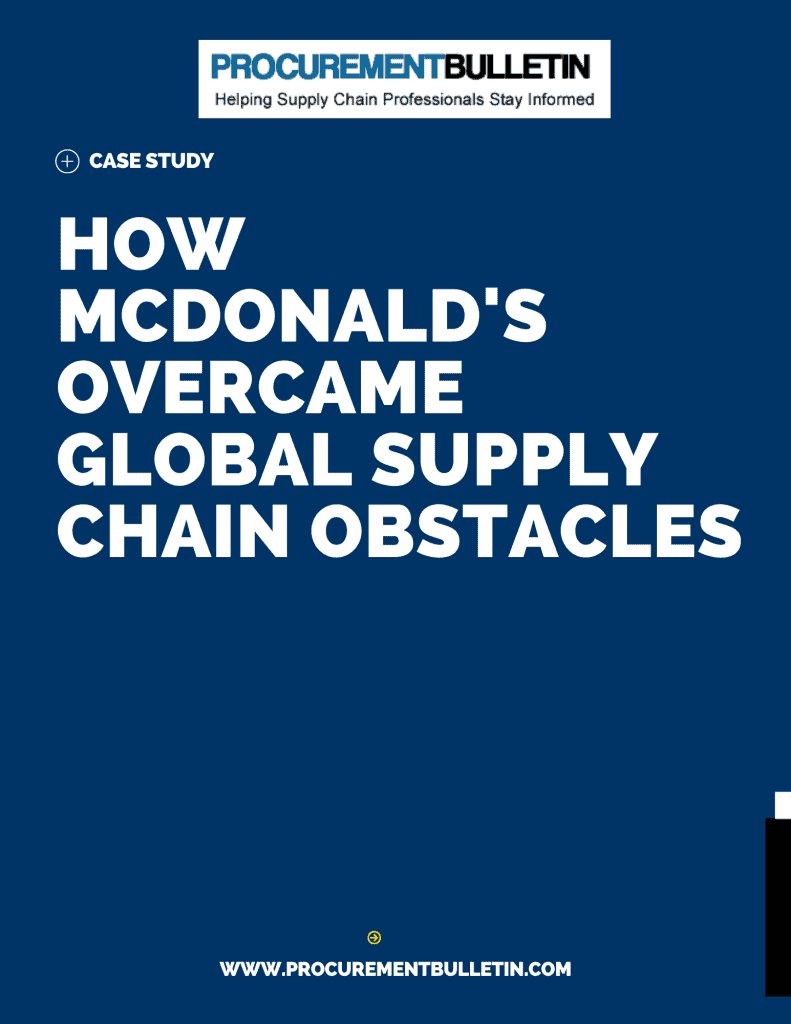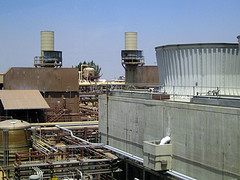6 Avoidable Pitfalls of Procurement Quality Assurance

Quality control standards have evolved to fit different production methods since the Middle Ages but it wasn’t until shortly after the Industrial Revolution that quality inspections and specialized departments for quality control came into being.
Quality assurance as it is known today was first introduced in Japan in the mid 1940s. Q.A. found its place in the US supply chain in the 1980s. Three decades later, procurement experts are still falling victim to very common pitfalls that could easily be avoided by implementing effective practices of quality assurance.
#1: Lack of Structure
Clearly defined roles and responsibilities are essential for effectively ensuring Quality assurance. Without properly established Q.A. goals, however, policies, duties, and other elements aren’t easily explained. The challenge many people have is defining quality as it relates specifically to the long-term success of their company. Your process should watch for all problems that could impact any point of the supply chain.
This article is for Premium Members only. Please login below to read the rest of this article.
Not a Premium Member yet? Become one today.
[login_form redirect=’https://www.procurementbulletin.com/6-avoidable-pitfalls-of-procurement-quality-assurance’]
[show_to accesslevel=’Premium Members’]
#2: Relying on Inspectors
One of the biggest mistakes procurement experts make is confusing quality assurance with quality control. An effective quality assurance process focuses on meeting or exceeding the expectations of the end-user, not just complying with standards. Rather than tests or inspections to rectify bugs or defects in the finished product, Q.A. takes place throughout the procurement process to pinpoint and correct any foreseeable problems.
#3: No Accountability
A successful quality assurance process improves the supply chain as a whole, primarily because everyone involved in creating the end product is directly accountable for their performance. From suppliers and carriers to purchasers and distributors, the Q.A. process should regularly check all supply chain activities so that it’s easy to find the source of any weaknesses.
#4: Failure to Communicate
Unlike Quality control and testing-based quality processes, Quality assurance focuses on improving every aspect of the supply chain to get the results correct the first time. In addition to personal accountability, this means targeted training to resolve problem areas and effective communication between all supply chain entities. Vendors, logistics specialists, and other parties should have a clear understanding of all specifications and requirements so there’s no question about expectations.
#5: Inability to Change
Just like the needs of consumers, a working supply chain is constantly shifting. Companies that continue to use the same quality assurance processes can’t always meet the changing demands of their clients. Review policies, goals, and responsibilities regularly and update your Q.A. processes to show the changes.
#6: Expecting Overnight Results
A company must practice quality assurance processes over time before they bring the desired results. Unlike standalone audits or inspections, Quality assurance builds on existing qualities to improve the overall supply chain process and not simply eliminate the recognized flaws within the supply chain. An effective quality assurance program offers long-term benefits, but it requires time and effort to make it happen.
Procurement Quality assurance is essential to a strong, successful supply chain. Communication, clear expectations, and regular monitoring of all processes will help you avoid the most common of Quality assurance pitfalls. [/show_to]








